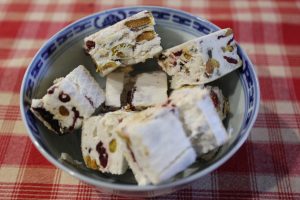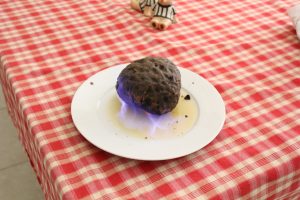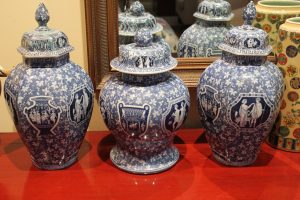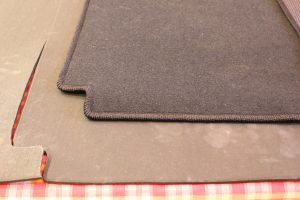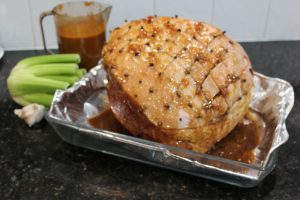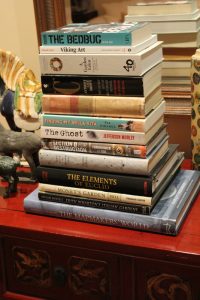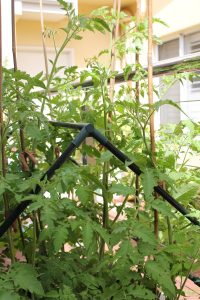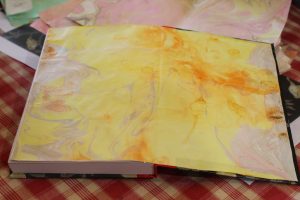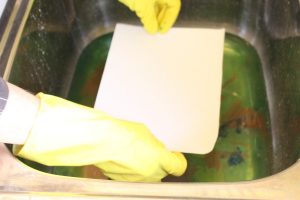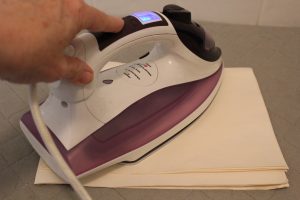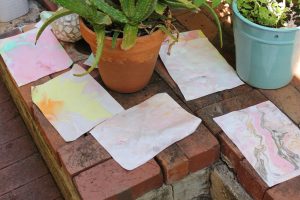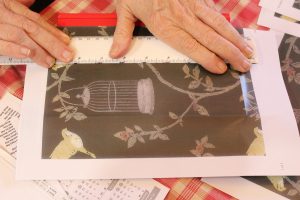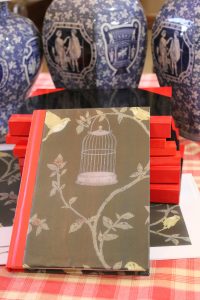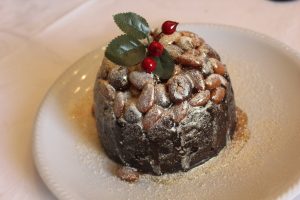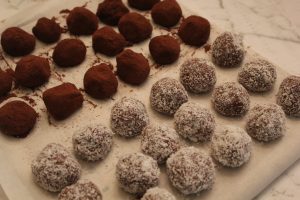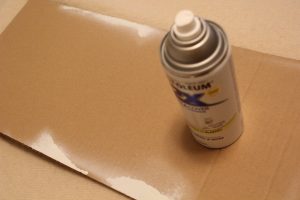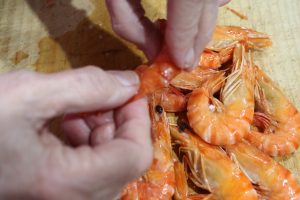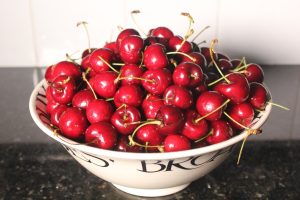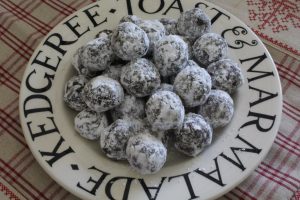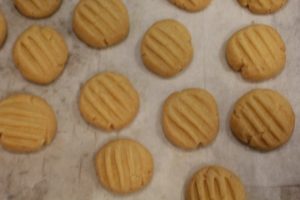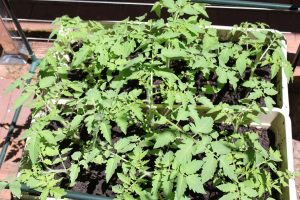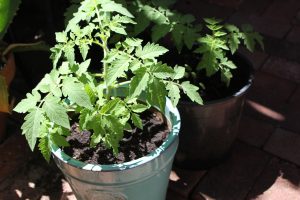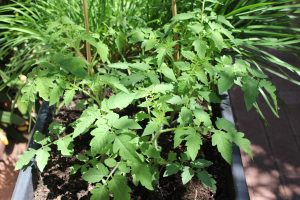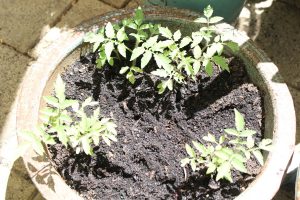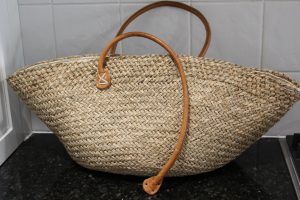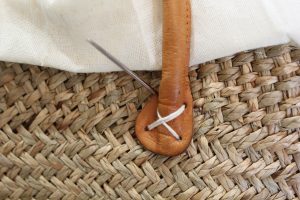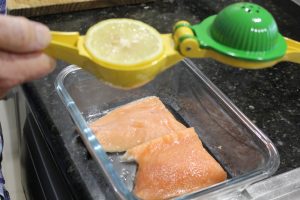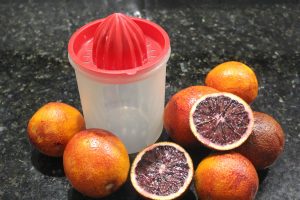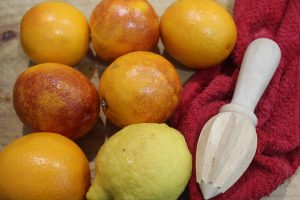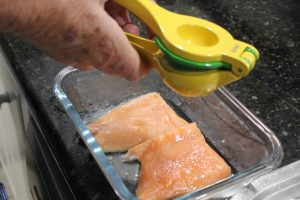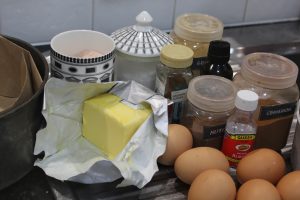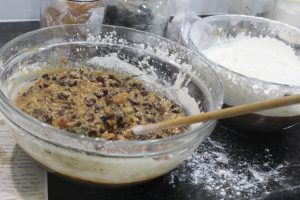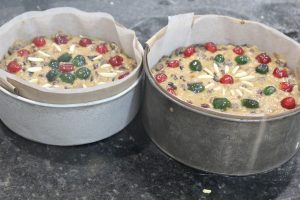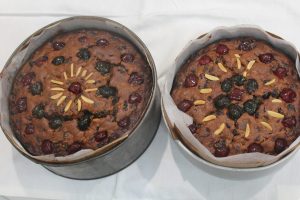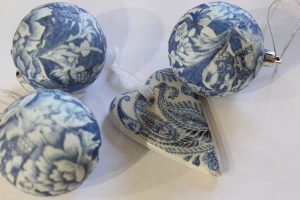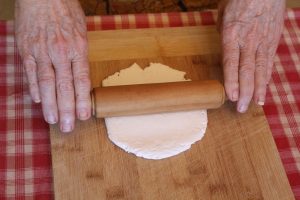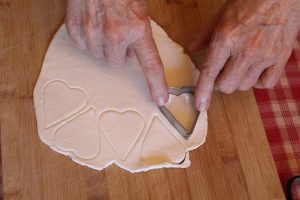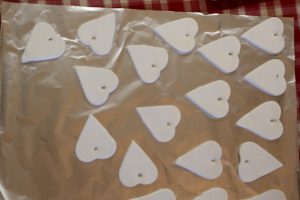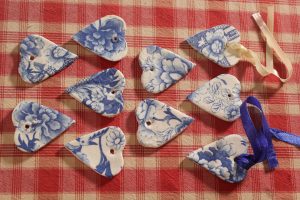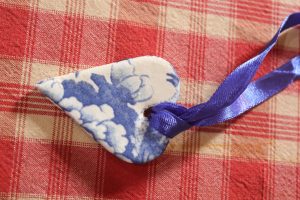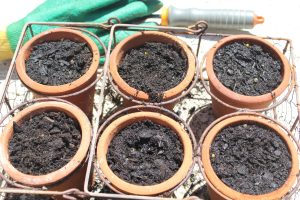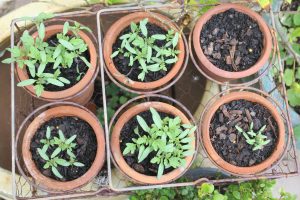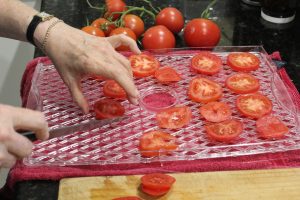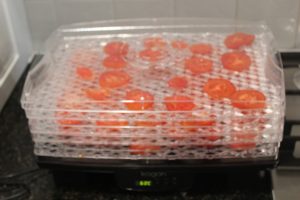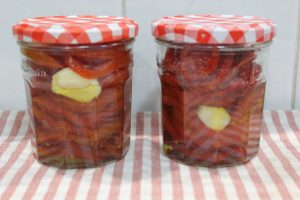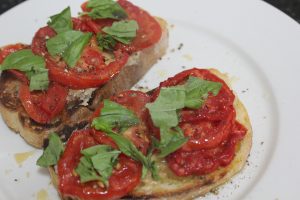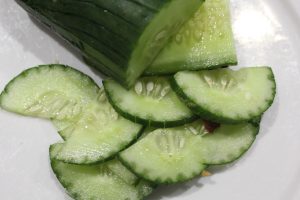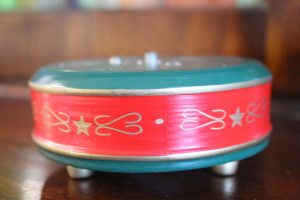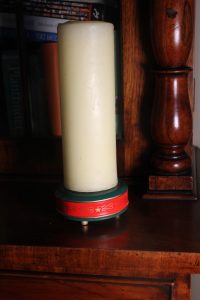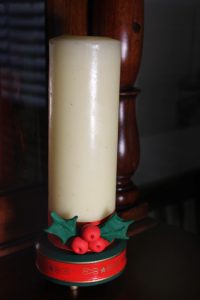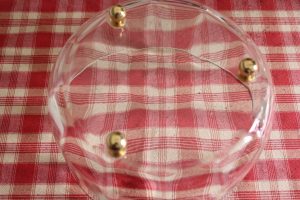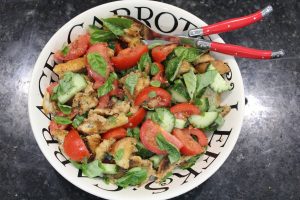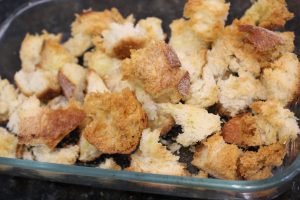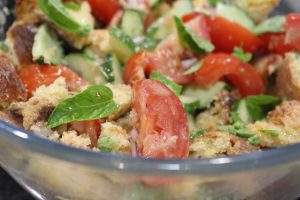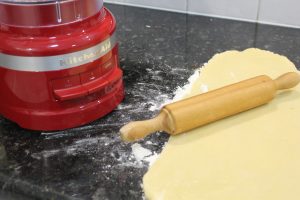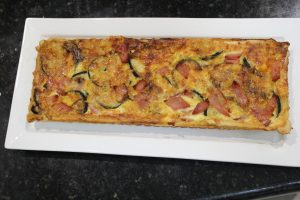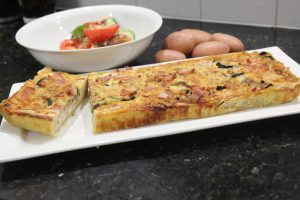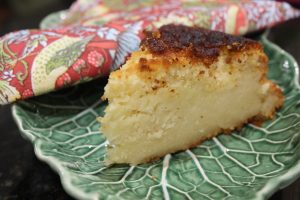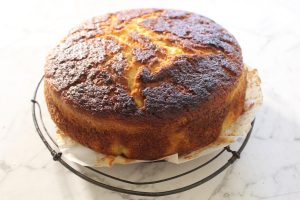gong xi fa ci


Image Pixabay
Happy Chinese New Year to you! It’s the year of the Wood Dragon. Although we no longer exchange red envelopes with friends’ children, I still remember the specialties we ate to celebrate the event and the lion dancers. Probably the most memorable part of living in China and celebrating Chinese New Year were the fireworks and the constant crackers exploding all night! Lots of drums and lots of fireworks.


Image Pixabay
Dragons are charismatic, ambitious and successful. May the Year of the Dragon bring you courage, success and prosperity!
valentine’s day


Image Pixabay
We’ve been a bit overwhelmed by advertisements for Valentine’s Day gifts and treats. Lingerie, perfume, jewellery and clothing feature for women and it seems men fancy alcohol, new clothes and camping gear. Frightening inflation hasn’t resulted in lower cost gifts, though, as some of the advertised suggestions are very expensive. And a flash dinner out seems de rigueur, too.
Normally I make a card for the occasion and bake a heart shaped cake. My mother in law gave me the heart shaped cake tin and I traditionally make a chocolate cake. We can’t eat a cake in a few days so it becomes dessert with icecream.
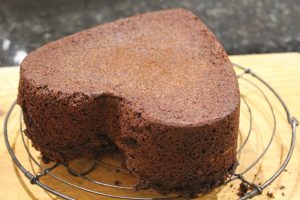

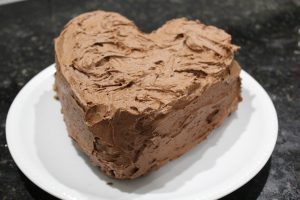

Searched through Michael Greger’s excerpt, referred to below, looking for the paragraph about how good chocolate is for your well being and there’s nothing!
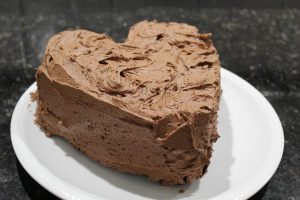

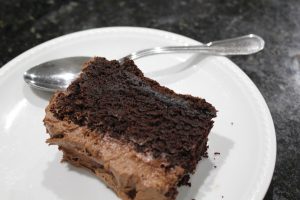

One slice of this chocolate cake is enough!
and other food
Also made a pot of dahl after reading an excerpt from Michael Greger’s book,’ How Not To Age: The Scientific Approach to Get Healthier As you Get Older.’ Science shows that every 20% increase in intake of legumes will reduce your risk of death by about 8%. I really want to be healthy and mobile, so made dahl. We enjoyed it and I’ll make it again.
He also states that nut consumption is associated with a lower risk of dying from heart attack, stroke, respiratory disease, infections, diabetes, even cancer. All you need is around 15-20gm of walnuts, cashews, almonds a day, but says walnuts are probably the best. He says eating a small amount of these nuts every day is the equivalent in longevity terms of jogging for four hours. Easy health tip!
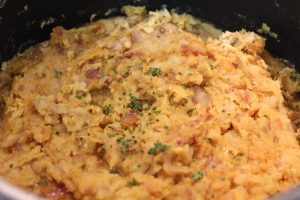

Really delicious but next time I’ll up the garam marsala for a bit more punch.
Luckily, coffee is good for you as are many spices but salt isn’t, and alcohol gets a bad wrap! Greger refers to the latest science from over 700 data sources, which…’unambiguously concluded “The safest alcohol level of drinking is none.”‘ Drinking chamomile tea gets a big tick. Research indicates people who drank a small cup of chamomile after their meals for a few months showed a significant improvement in long term blood sugar control. The other effect of chamomile tea mentioned is improved mood and sleep. I’ll start drinking chamomile after dinner tonight. Keen on good sleep.
Also made a jar of Easy Fruit and Nut Bliss Ball mix, a lovely Christmas present. The label says, ‘Roll me. Mix Me. Eat Me.’ So we did as we were told!
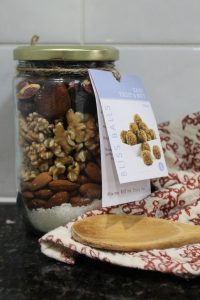

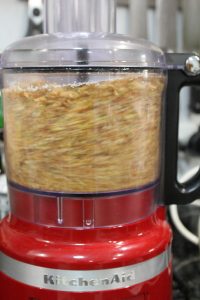

Emptied the jar into the mixer, added some oil and mixed. Rolled into ball shapes and put in the fridge to firm up. Tasty little treats.
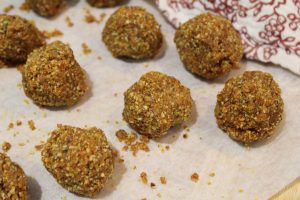

Little treats made of almonds, walnuts, dried apricots, pistachio, coconut and dried goji berries. Easy to make and very easy to eat!
A week ago, I cooked a huge number of chicken balls and froze most of them. They have been a life saver when we have arrived back from Bunbury keen on dinner but not really keen on cooking. I leave a bowl full in the fridge to thaw while we are away. Tonight we ate eating some with a Teriyaki sauce and noodles. So good, so easy.
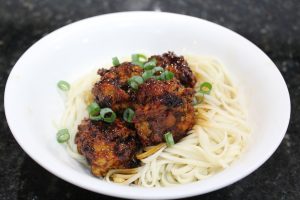

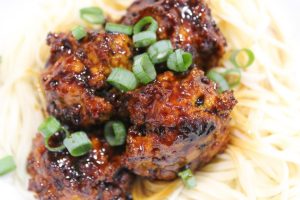

Made teriyaki sauce while the noodles boiled and the thawed chicken balls heated.
Also eating tomatoes still warm from the garden, with finely chopped red onion drizzled with balsamic vinegar and then a scattering of basil. Perfect.
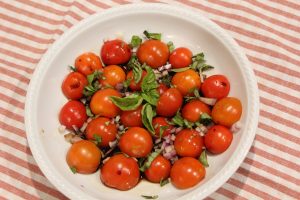

garden things
I pick about seven tomatoes a day. They are not cherry sized nor usual sized tomatoes but somewhere in between. They taste so good. The scorching sun burns some of them as they get morning and afternoon sun and the daily temperatures are 40ºC ( 104º F ) and more. The soil bakes during the day and the mulch breaks down quickly. I have made three trugs of horse manure, potting mix and bentonite clay ( for water retention) all mixed together and will begin top dressing the entire garden in the cool of the evening.
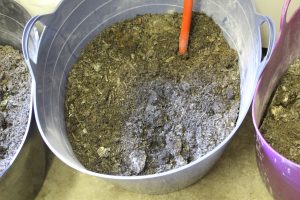

Doesn’t look so appetizing but I think the garden will love it! Horse manure, bentonite and potting







